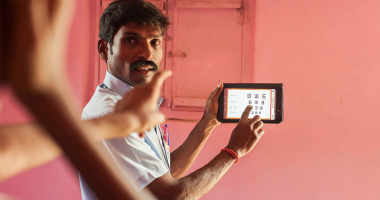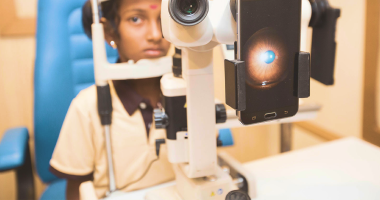Understanding Treatment for Diabetic Retinopathy Eye Problems
Diabetic retinopathy is one of the most common complications associated with diabetes and can lead to severe vision loss if left untreated. The condition occurs when high blood sugar levels damage the blood vessels in the retina, which is the light-sensitive tissue at the back of the eye. Early detection and prompt treatment for Diabetic retinopathy eye problems are crucial for preventing further complications and preserving vision.

What is Diabetic Retinopathy?
Diabetic retinopathy progresses through four stages, ranging from mild nonproliferative retinopathy to more advanced proliferative retinopathy, where new blood vessels grow on the retina. These new blood vessels are often fragile and can bleed, leading to vision impairment or even blindness. Since the early stages of the condition might not exhibit symptoms, it’s essential for people with diabetes to undergo regular eye checkups. Identifying treatment for Diabetic retinopathy eye problems early can significantly impact the success of the treatment.
Treatment Options for Diabetic Retinopathy
Several treatment options are available, depending on the severity of the condition. Early treatment can prevent vision loss or reduce its progression.
1. Laser Treatment (Photocoagulation)
Laser treatment is one of the most common interventions for Treatment for Diabetic retinopathy eye problems. The procedure involves using a laser to seal or shrink the abnormal blood vessels in the retina. This process helps prevent the vessels from leaking or bleeding. The earlier this treatment is initiated, the better the outcome in slowing the progression of the disease.
2. Anti-VEGF Therapy
Anti-VEGF (vascular endothelial growth factor) injections are a newer approach to treating advanced diabetic retinopathy. This treatment targets the protein that encourages the growth of new, abnormal blood vessels. By inhibiting VEGF, the growth of these fragile blood vessels can be controlled, reducing the risk of bleeding and preventing further damage to the retina. Many patients with Diabetic retinopathy eye problems respond well to this therapy, especially when used in conjunction with other treatments.
3. Vitrectomy
In severe cases where there is significant bleeding or retinal detachment, a vitrectomy may be recommended. This surgical procedure involves removing the gel-like fluid in the eye (the vitreous) that may be clouded by blood and replacing it with a clear solution. This helps to clear the visual pathway and can improve vision in patients with advanced Treatment for Diabetic retinopathy eye problems.
Managing and Preventing Diabetic Retinopathy
While the treatment options mentioned above are effective in managing the disease, prevention is equally important. People with diabetes should focus on controlling their blood sugar levels, blood pressure, and cholesterol. Maintaining a healthy lifestyle with regular exercise, a balanced diet, and routine medical checkups can reduce the risk of developing diabetic retinopathy. Additionally, scheduling regular eye examinations with an ophthalmologist is essential for catching the disease early.

Conclusion
Diabetic retinopathy can be the worst complication of diabetes; the proper diagnosis and management of treatment will often prevent a loss of vision. Whether it is laser therapy, anti-VEGF injections, or vitrectomy, there are effective solutions for those facing Treatment for Diabetic retinopathy eye problems. But prevention and early intervention are the best courses of action, thus stressing the need for regular eye exams and careful management of diabetes.



Comments
Post a Comment